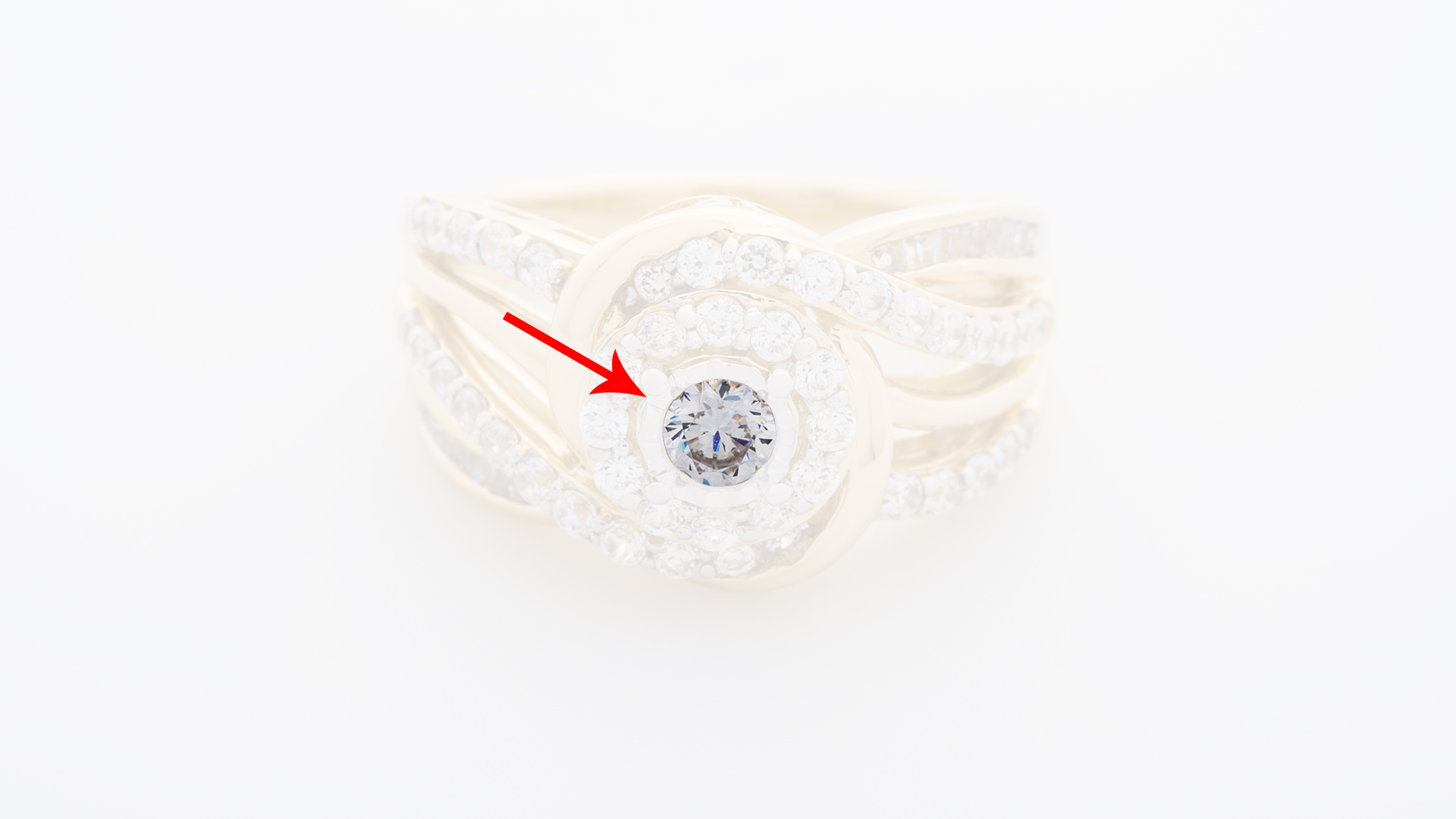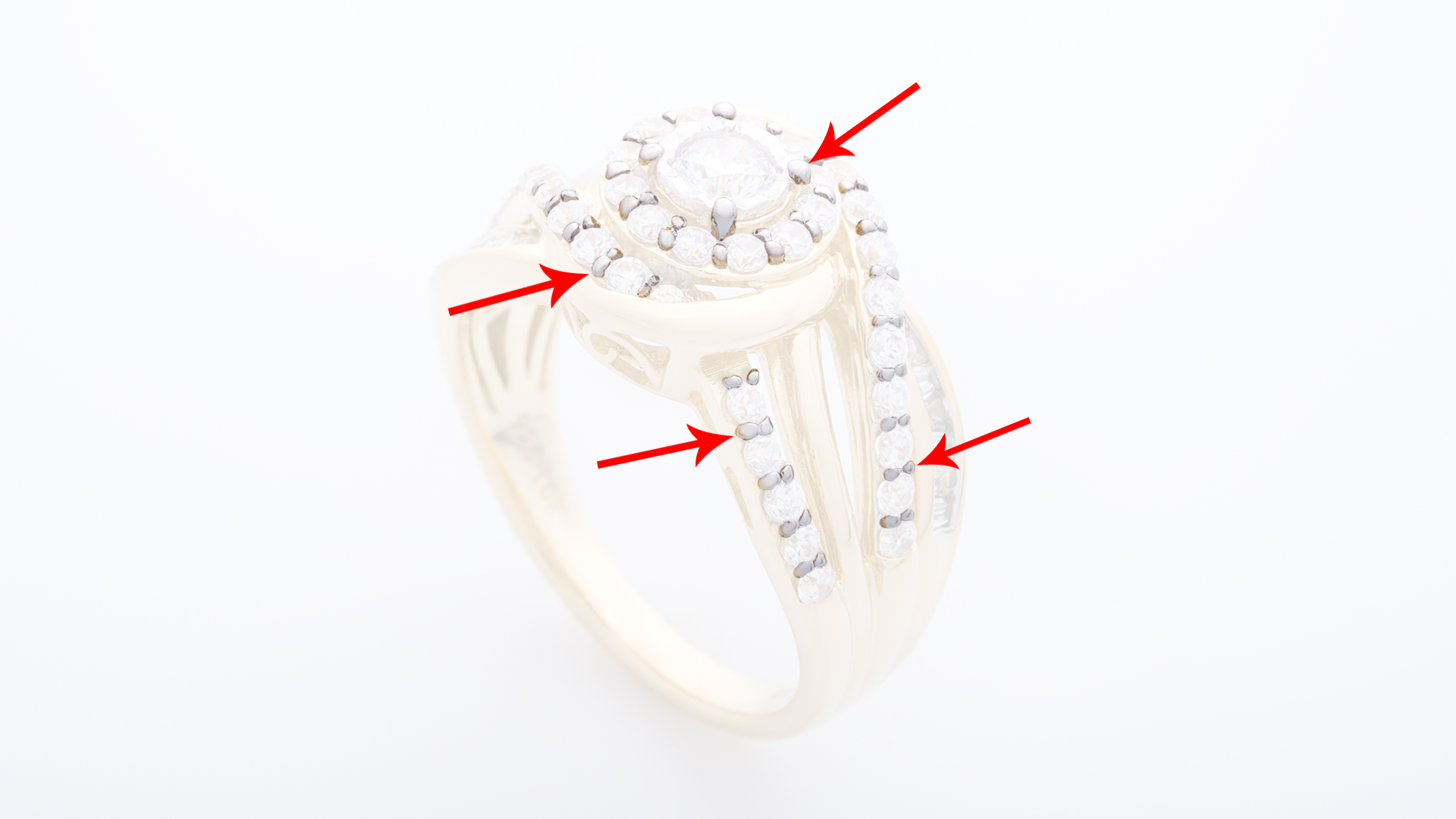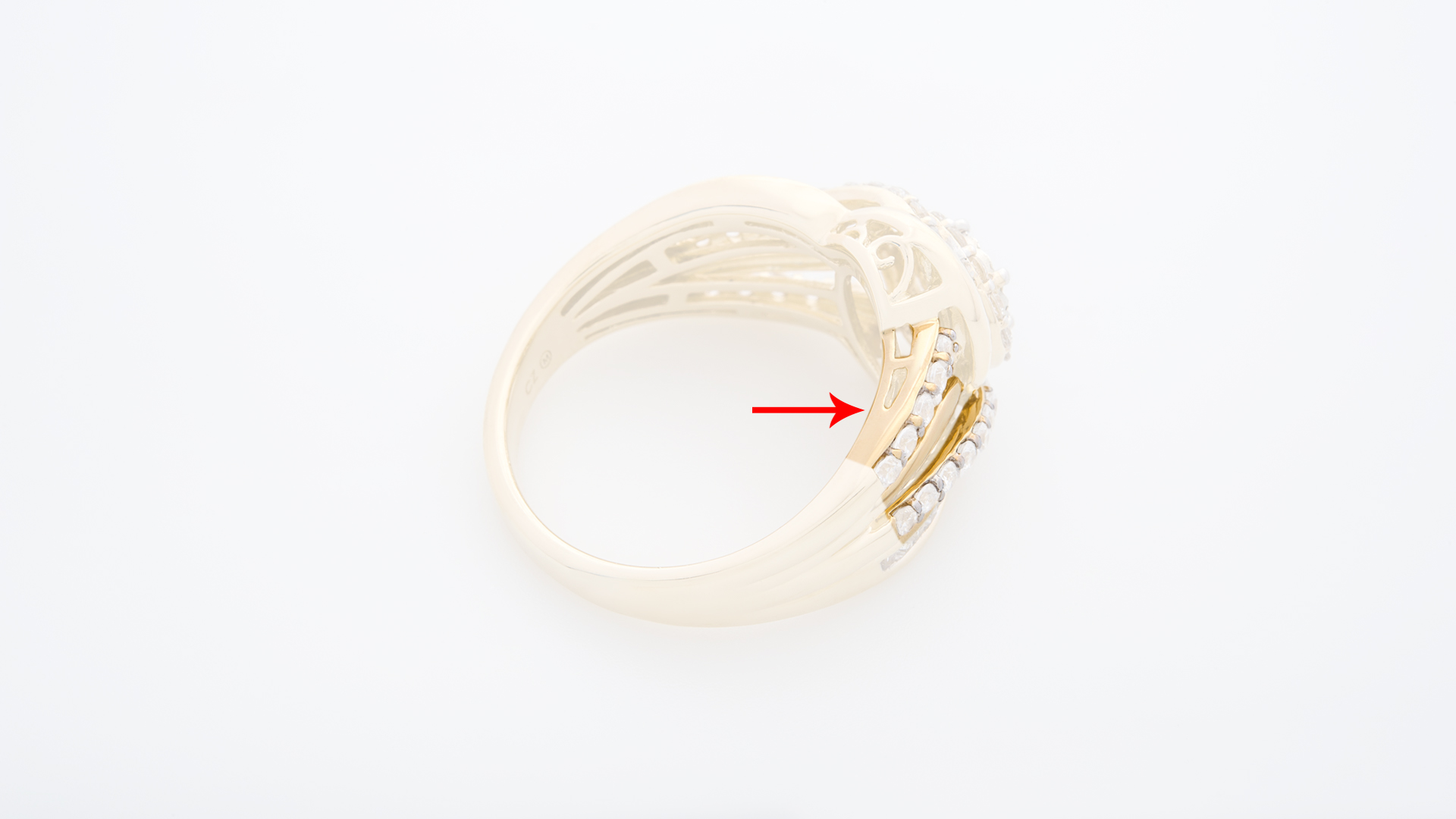Popular Ring Parts Explained!
Written by Chiara
July 20, 2018

Do you love your ring? When you take your ring in for repair, do you never understand what they are talking about? Do you even know the different ring parts?
If not, that's not a problem! You’re not the only ones that get caught up and distracted by the mumbo jumbo language that jewelers speak in. I speak from personal experience, as when I first started working in the jewelry industry, I didn’t know a halo from the shank (you’ll know what these ring parts means soon enough).
Trust me, it’s pretty key to know what these are or else you’ll run into some very entertaining situations! A ring is made up of a lot of different parts, so in this article we will define the most commonly used names for a ring’s anatomy, and explain their significance.
Keywords You Will Need to Know:
Center Stone

The central, dominant stone in a piece of jewelry with a set of multiple stones. In a ring set with one stone, the center stone is also called the solitaire.
Head

This ring part is the metal basket that holds the center stone or solitaire in place.
Accent Diamonds

Diamonds that surround or enhance the main diamond. These are typically smaller in size than the main diamond.
Crown

Top half of a diamond.
Pavilion

Lower half of a diamond.
Setting

The setting can also be referred to as the mounting. The mounting or setting holds the center diamond in place and secures it to the ring.
Prongs

These are tiny metal projections to secure a gemstone to a piece of jewelry. They allow light to strike a gemstone from more angles, increasing that brilliant shine we all love.
Shank

Also known as the band of the ring. The shank is the portion that is actually holding the ring on your finger. This can have diamonds or just be solid metal
Base of Shank

Where the jeweler would adjust and resize the ring at the bottom of the ring, that when on is touching the inside of the finger.
Gallery

The area between the center-stone and above the shank of the ring; this can include the basket and stems that connect to the prongs. This is a great place to add some beautiful finishing touches to your ring.
Gallery Rail

A gallery rail, located on the top of the ring around the diamonds, provides some lateral strength to the prongs. Sometimes diamonds are set into the gallery rail to give the ring’s profile some sparkle.
Embellishments/ Hallmark

These ring parts are intricate extra features on the ring that can turn it from a classic ring into an heirloom and can include engravings, millegrain, and intricate galleries.
Bridge

This one is tricky because not every ring has a bridge, or the bridge is not always as clearly cut as it is in the example in the picture. This can cause sizing problems because the bridge makes the ring falsely appear bigger than it is.
Halo

The surrounding diamonds or stones to the center diamond or stone.
Shoulder

The shoulder is usually the top two sides of the ring. It’s the part of the ring where Diamonds or Gemstones are set in. You’ll often find channel settings (cut into metal to house a row of diamonds, held in place with a perfect wall of metal) or pave set stones (used for numerous small diamonds, which are held into the surface of the metal using small beads of metal raised from the ring itself, acting like tiny claws. When there is more than one row of diamonds being set, it is referred to as a pave’ setting, which literally means paved with diamonds) here. The shoulders of a ring generally rise up from the finger and creates the style or design of the mounting. It helps show off the center stone well and also tends to protect it.
Comfort fit
Comfort Fit Bands are rings that are heavier and rounded at the shank so they fit more comfortably on the finger. They are durable and thick and you won’t ever have to worry about bending them or breaking them. People that are physical with their hands or do a lot of activity will adore comfort fit bands.
Things to Remember:
- You can say “the band” instead of the “shank”. Jewelers will understand this.
- Don’t worry if you confuse settings with prongs, prongs are the metal projections that hold the diamond in place but is part of the setting / mounting.
- Confuse the Gallery with the gallery rail as they are two very different parts of the ring.
- Don’t try and use words that you have heard in passing when talking to the jeweler in order to be technical. It is better to explain the issue in your own words even if you don’t use the technical vocabulary. Most of the time, a jeweler will understand what you mean upon analysing the ring.
- It doesn’t matter a huge amount if you can’t remember all of the ring parts, the good thing is you can always revisit this page for clarification before heading to the jewelers!
- Most jewelers as well try to allow for the fact that a lot of the jewelry-owning population won’t speak in the industry slang, and therefore, will change their vocabulary to accommodate to this.
We have also provided a detailed video showcasing all of these ring parts in case you weren’t sure what some of the steps meant.
Check it out below!
If you have any more questions, please head to our website and live chat us- we are always available, or get started here to repair your ring using the in-depth knowledge that you have just attained!


